ABSTRACT
As we move into the anthropogenic age, it is indispensable to look for solutions in nature and learn from them rather than exploit the little that we have left. We are in desperate need for bio receptive architecture embedded with water storage and absorption strategies. Cacti are a great paradigms of how a plant water management mechanism could help adapt to drought and arid conditions. Epiphytic Tessellations aims at developing an architecturally applicable panelling system with fibrosity indifferent to that of cacti skeleton, by the robotic printing of acry-polymer gels. The components are generated by digitally depositing mixtures of the super absorbent Sodium Polyacrylate with graded fibrosity guided by the structure of the desired tessellated geometries. This approach explores the capacity of the fibrous units to absorb water and serve as a root system for epiphytic plants. The intent is not solely to develop a biocompatible system that enables the growth of plants, but one that’s also has the potential to store water and serve as a cooling system, while replenishing our lungs. Deploying this wall paneling system in the ventilation shafts of buildings can serve as an ecological lifeline to our cities, especially those with tremendous heat.
INTELLECTUAL ENEMY
The world is facing one of the largest humanitarian crisis as our changing climate brings in more droughts and wild fires, and the current pace of deforestation. It is not just affecting agriculture, but it will soon make it difficult for humans to breathe, if we dont act immediately.
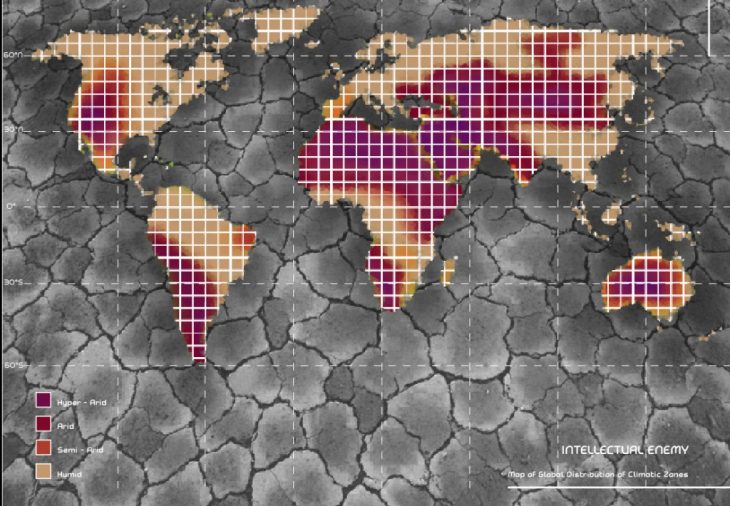
With the rapid loss of our rainforests, we are losing what we know as the lungs of the Earth. Our landscapes are slowly turning into deserts and if we dont begin to rebuild our lungs, our cities are going to turn into deserts too. We are in desperate need for architecture that has the capacity to withstand and re-build our drought stricken world.
OBJECTIVES
- Determine the optimal site and scale for the intervention.
- Develop a water absorption and storage mechanism.
- Introduce plants for the enhancement of air quality.
HYPOTHESIS
The aim of Epiphytic Tessellations, is to learn from the cacti mechanism to develop an architecturally applicable system that can serve as an ecological lifeline to our cities, especially those with tremendous heat. The intent is not solely to develop a bio-compatible system that allows for the growth of plants, but one that is optimized to shafts in cities, with the potential to store water and serve as a cooling system, while replenishing our lungs.
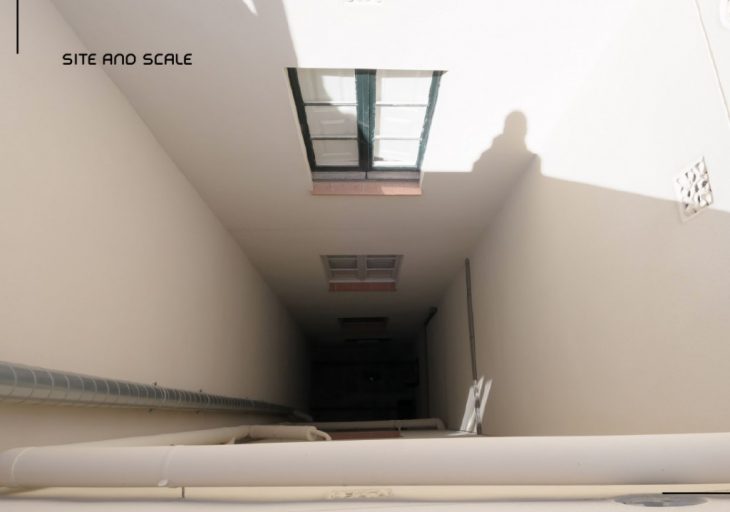 This project proposes the introduction of epiphytic plants into the shafts of buildings in cities of arid regions of the world. Ventilation shafts are well distributed around cities but aren’t quite being used for ventilation due to various reasons.
This project proposes the introduction of epiphytic plants into the shafts of buildings in cities of arid regions of the world. Ventilation shafts are well distributed around cities but aren’t quite being used for ventilation due to various reasons.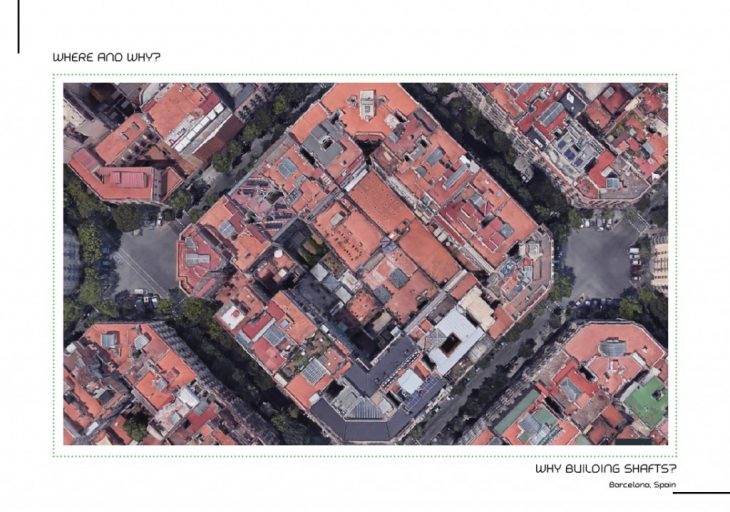


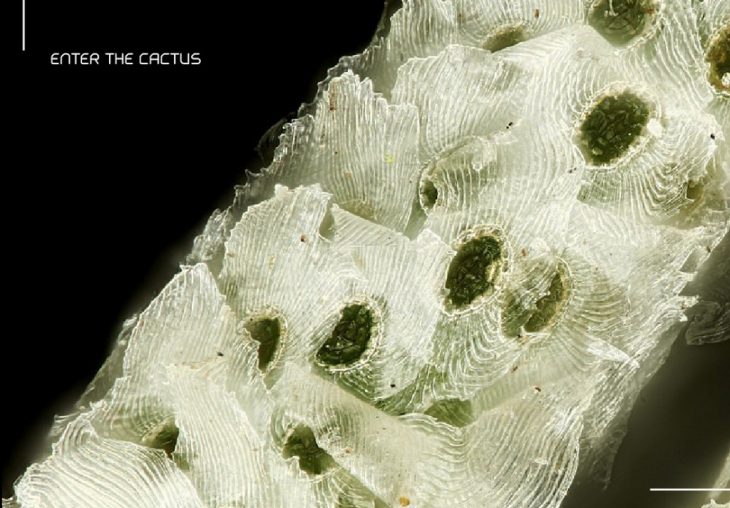
Cacti in arid regions of the world have a developed fundamental water management systems, such as water collection through spines, water absorption through trichome, and water storage using mucilage. The water collection method of cactus is well-documented, but its water absorption and storage strategies remain to be elucidated. Consequently, this project emulates cactus mucilage absorption and storage system by using advanced super absorbent polymer with natural binders on a structural system to mimic the water management of cacti. 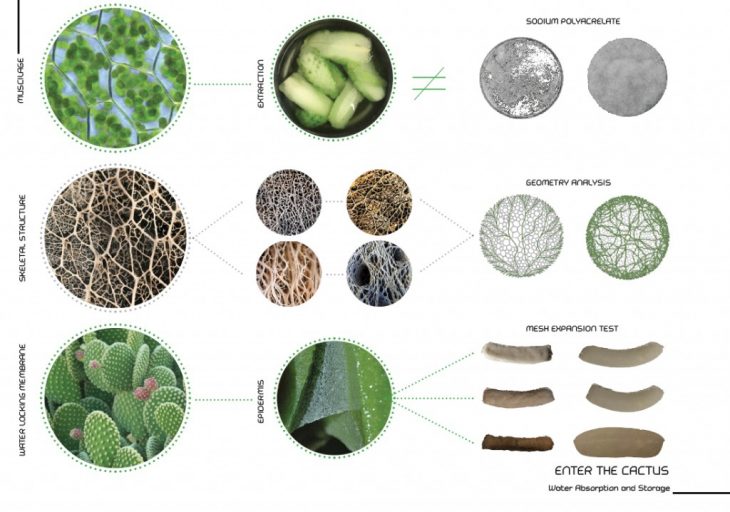
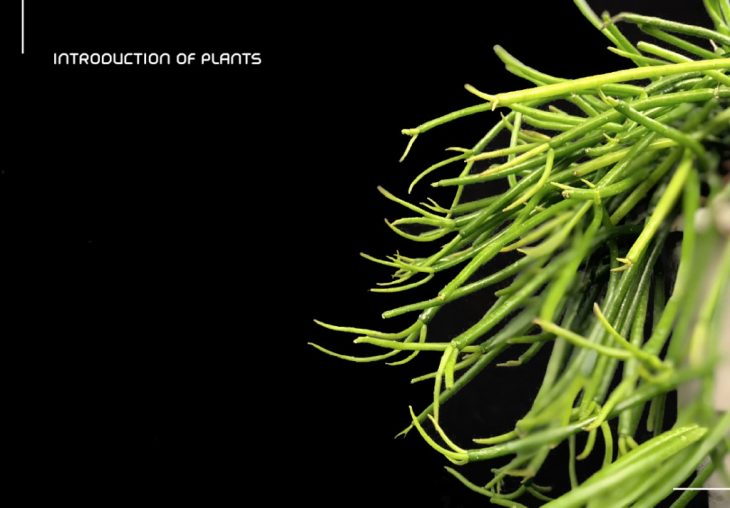
Epiphytes are plants, which like a parasite grows on a host but unlike parasites, they take no nutrients from the host itself. They rely on nutrients from the air, falling rain, and compost. The host only serves as a support. They adapt to harsh conditions, especially serious lack of water and shortage of minerals and nutrients. They either have thick stems that store water and nutrients or leaf-hairs to close their stomata when its dry.
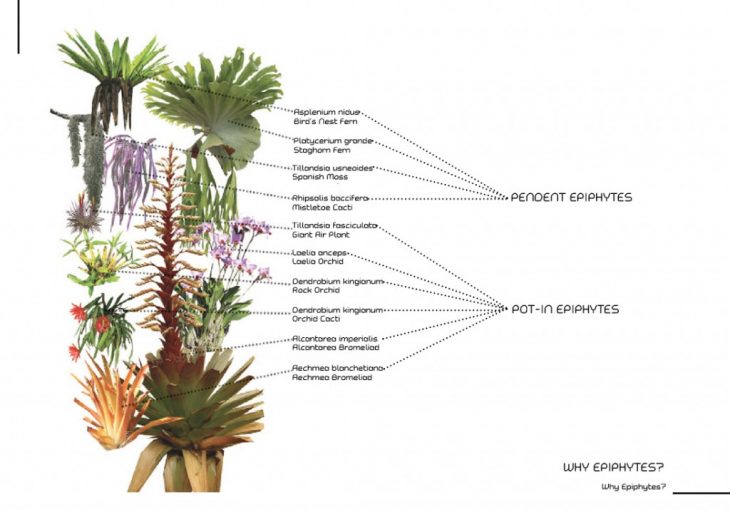
Epiphytes are plants with the ability to grow without soil, which naturally thrive in an aerial environment, typically on the bark of trees, yet can adapt to the necessary forms of human infrastructure. A better understanding of epiphyte relationships and growth, can facilitate future architectural design and developments of suitable hosts and supports for the epiphytes.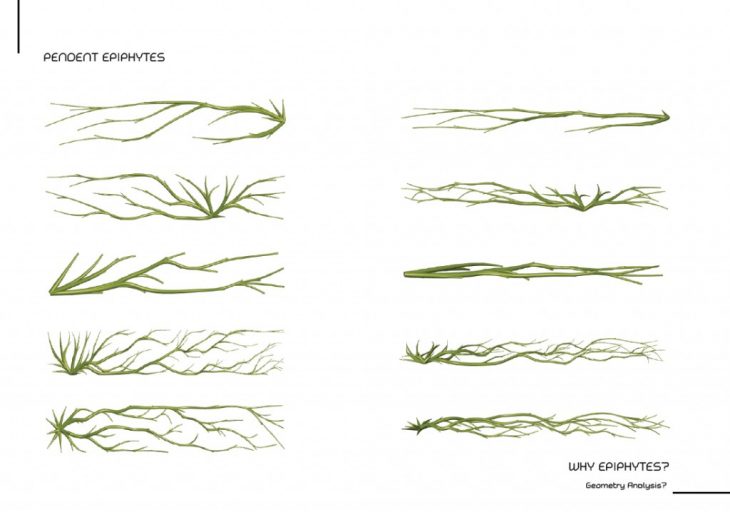
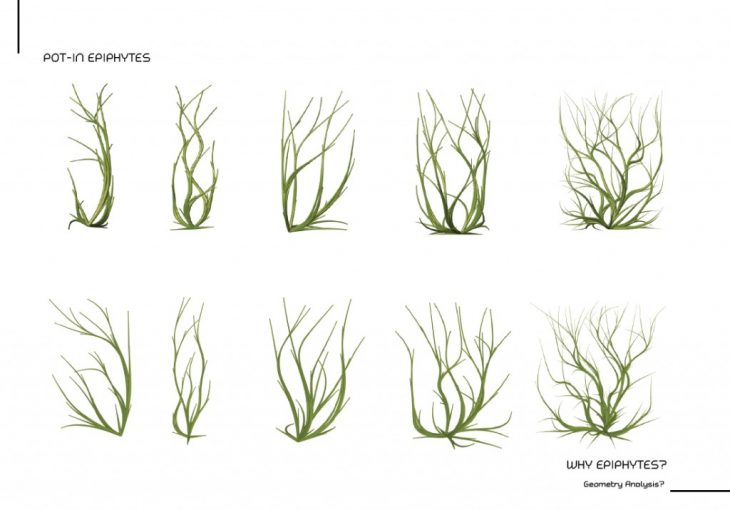
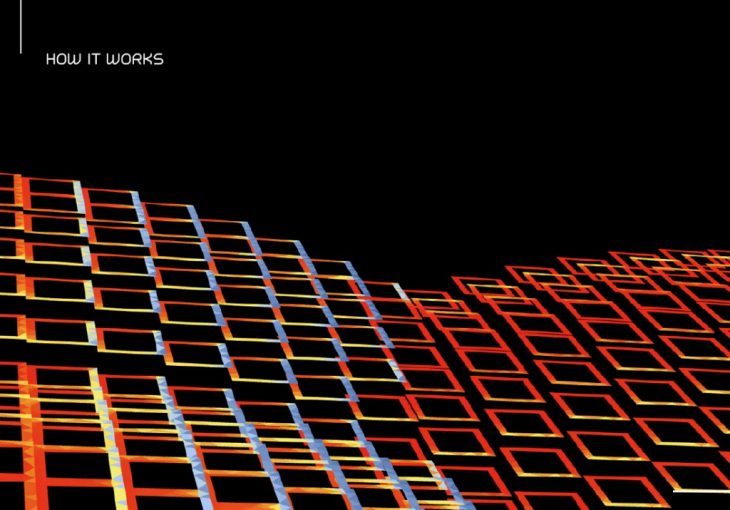 The use of computational software allows to optimize the height- based distribution of solar radiation of along the facades of shafts. With a clear view into the heat distribution and a look into the Epiphyte Plant Database assists at portraying what plant should be placed where, as different species of plants require different levels of humidity and solar radiation.
The use of computational software allows to optimize the height- based distribution of solar radiation of along the facades of shafts. With a clear view into the heat distribution and a look into the Epiphyte Plant Database assists at portraying what plant should be placed where, as different species of plants require different levels of humidity and solar radiation.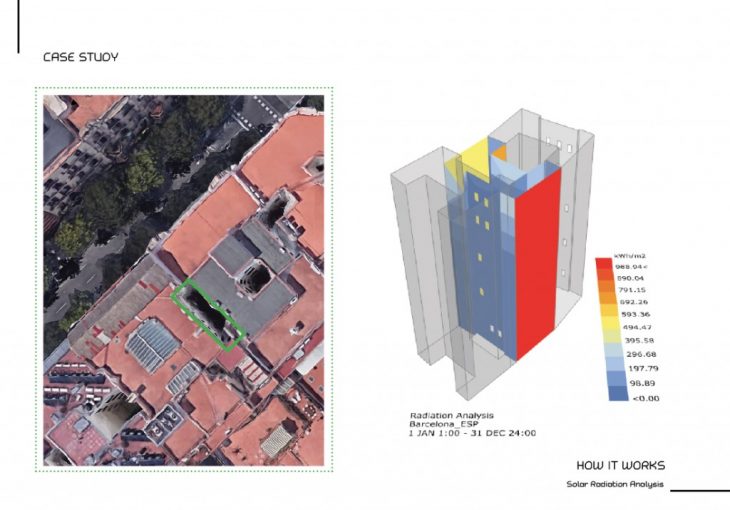
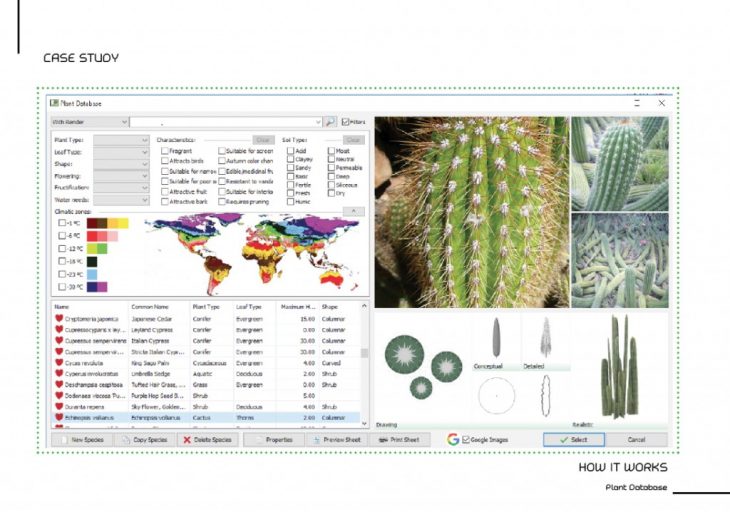

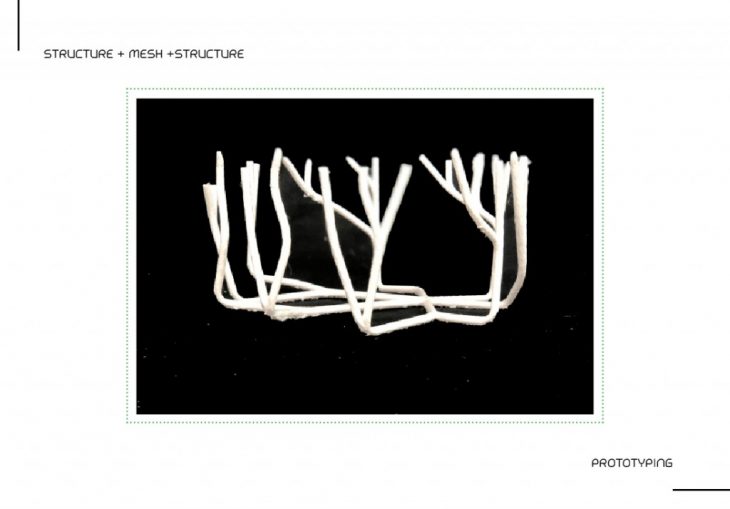
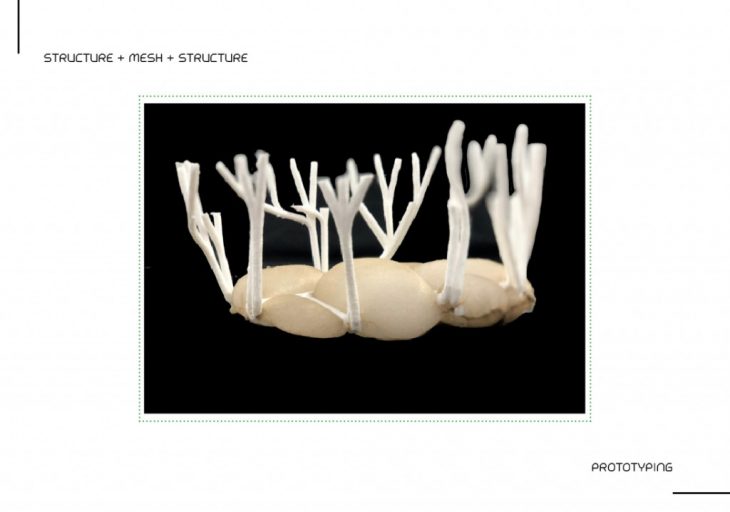
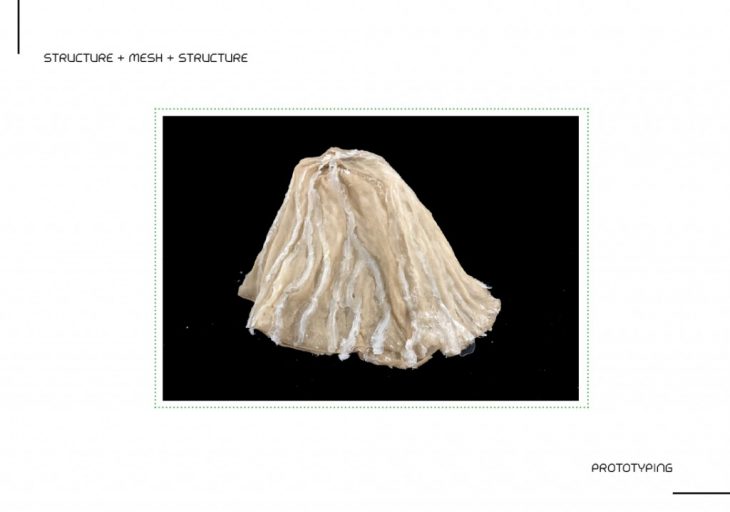
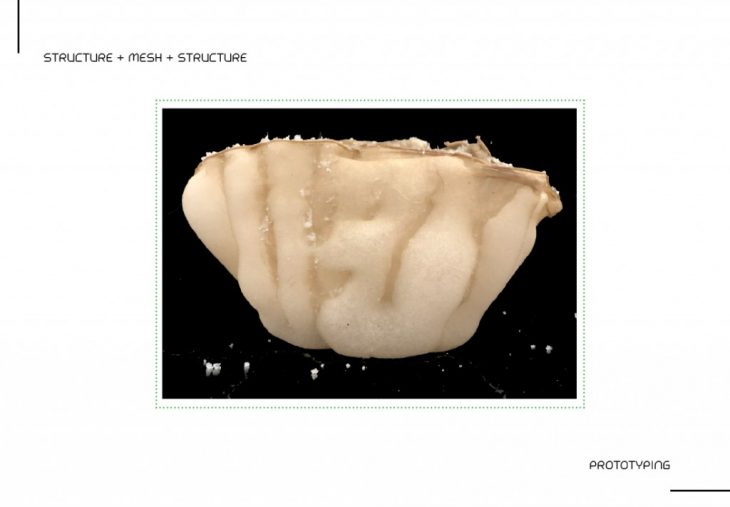
CONCLUSION
This paper proposes a new bio-inspired technique for water collection based on information about the water management strategies of cactus. This study discusses the underlying water absorption and storage strategies of cactus and provides the experimental database required to develop a biomimetic water management device with the use of acry-polymers. Along with digital computation and fabrication tools, there is a better understanding of how these architectural systems could possibly be built and where they could be set to achieve substantial results. It emphasizes on the water absorption and storage strategies of cactus and provides the experimental database required to develop a biomimetic water management device that could be used on building facades and specifically in shafts where heat island effect exists; as the placement within shafts proves a greater impact in cities.
Epiphytic Tessellations is a thesis project of IaaC, Institute for Advanced Architecture of Catalonia.
Developed at Master in Advanced Architecture, in 2017/2018 by Antoinette El Chidiac
Tutor: Marcos Cruz
Design Project Studio | C Biom A